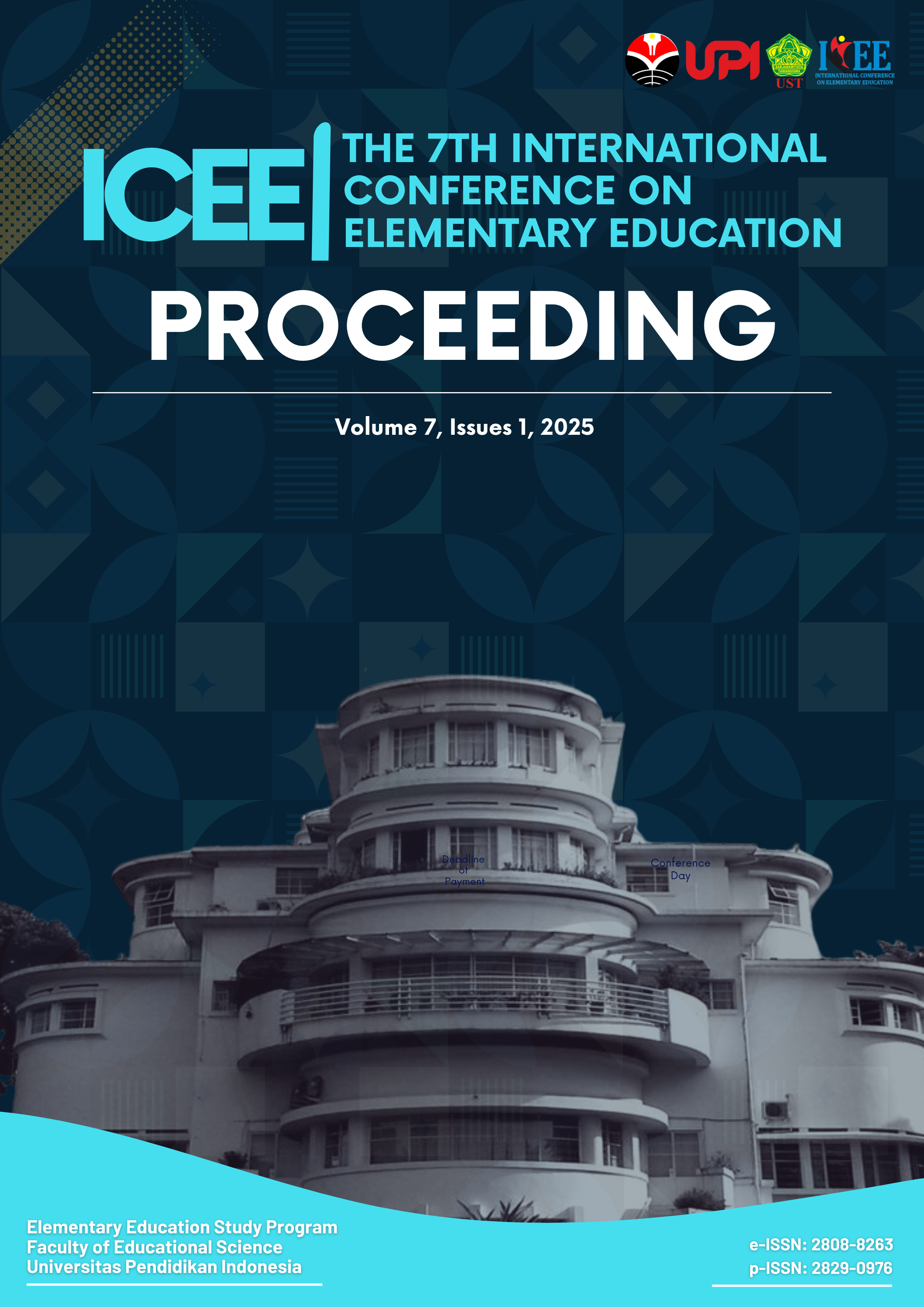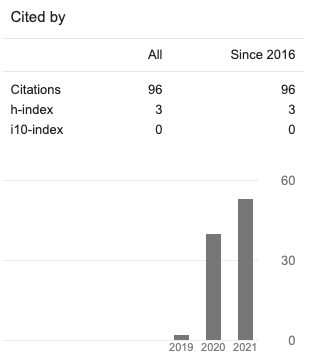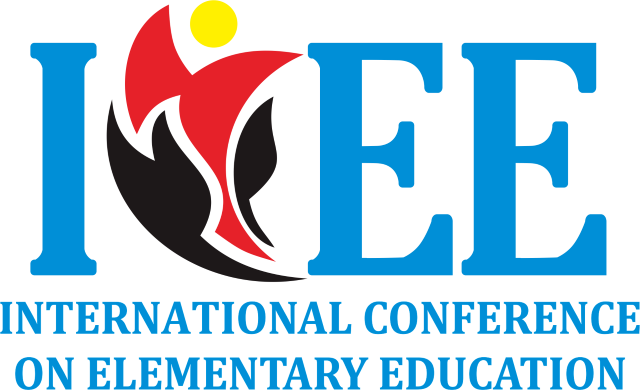Exploring the Effectiveness of Augmented Reality as a Science Visualization Tool for Elementary Students
Abstract
Education in the era of Smart Society 5.0 faces challenges in integrating advanced technology into various sectors, including science education at the elementary school. This study aims to explore the effectiveness of augmented reality (AR) as a visualization tool in science education and its impact on teaching and learning processes. The study method used was a systematic literature review (SLR) by analyzing ten articles published between 2014 and 2024. The results showed that AR has a significant positive impact on student learning outcomes, including improved understanding of science concepts, interest, and engagement, as well as the development of critical thinking and visualization skills. AR also creates an interactive and immersive learning experience, allowing students to better understand abstract concepts. Although the results are promising, the effectiveness of AR largely depends on the quality of the content, integration in the curriculum, and support from educational institutions. Further study is required to evaluate the long-term impact of AR on learning and knowledge transfer to real-world applications. These findings suggest that AR can be an innovative solution to enhance the science learning experience in elementary schools.
Copyright (c) 2025 Cut Rania Kirana, Wahyu Sopandi, Febrialita Salma Dwinandha Putri, Istiqomah

This work is licensed under a Creative Commons Attribution 4.0 International License.















